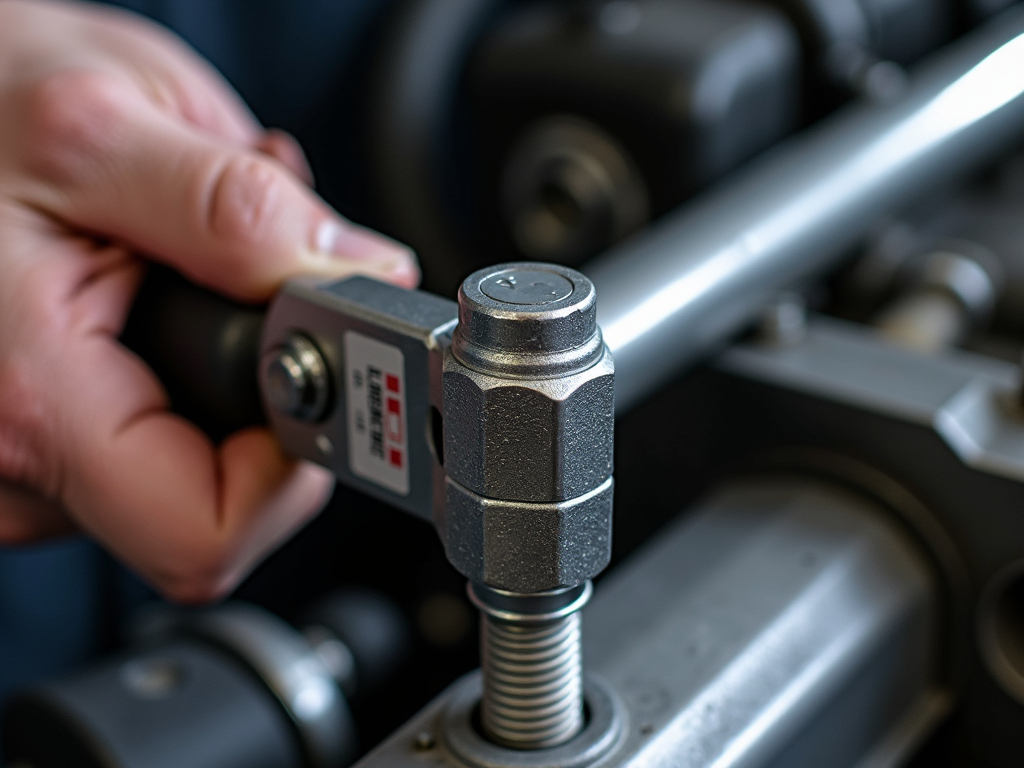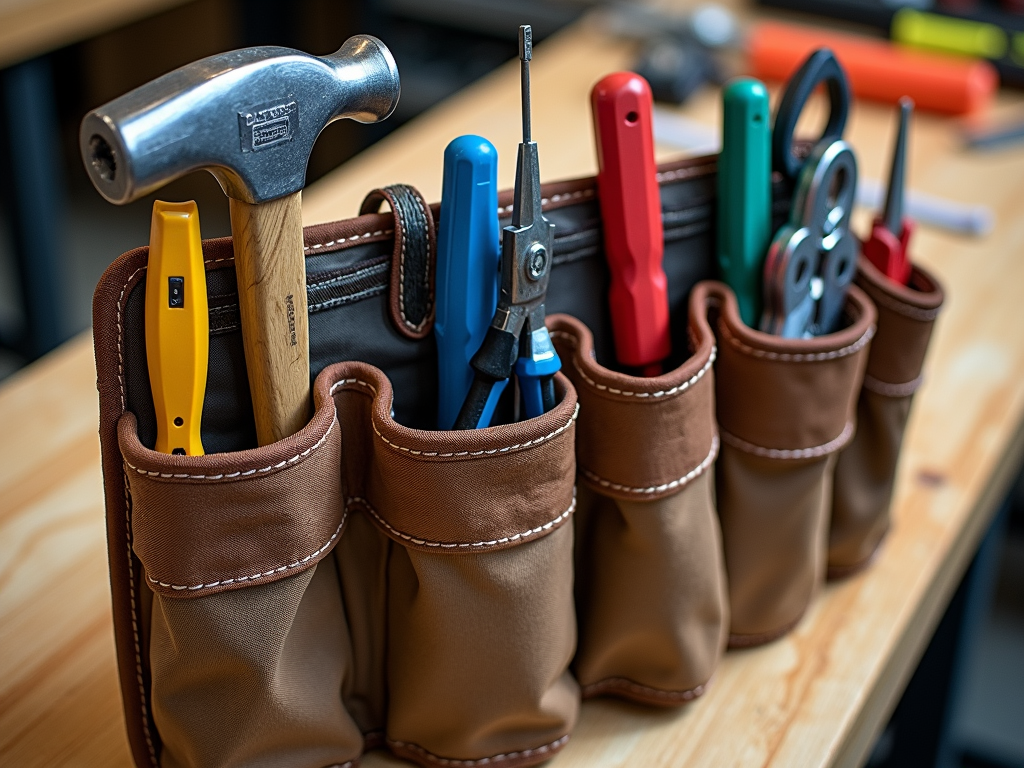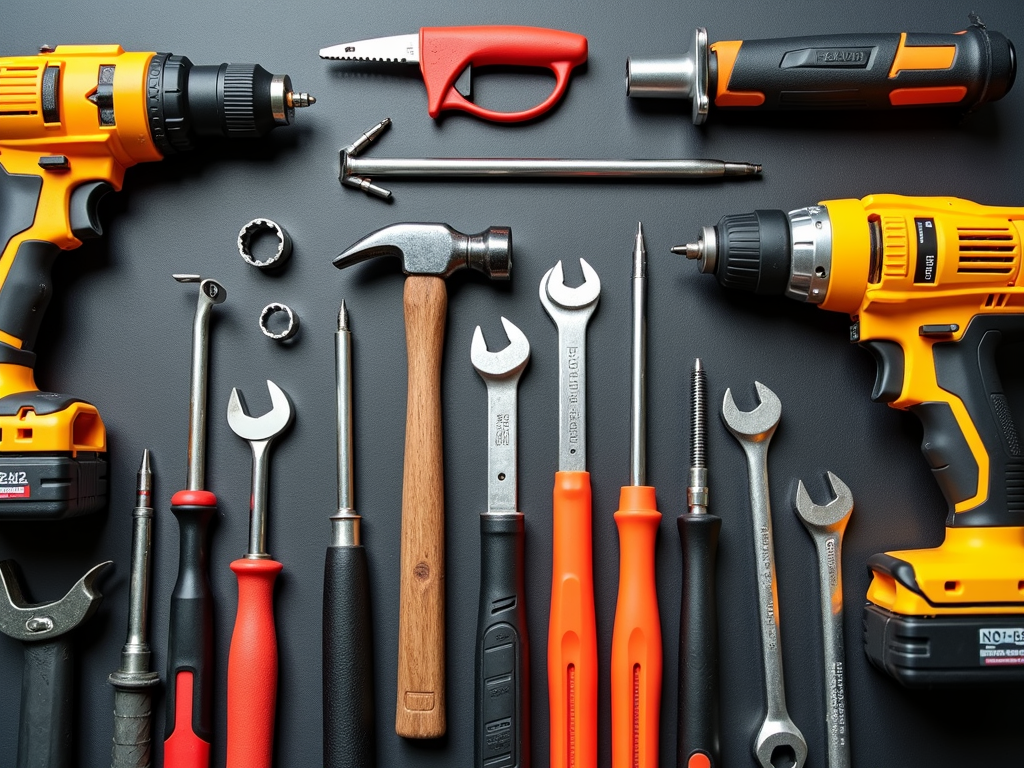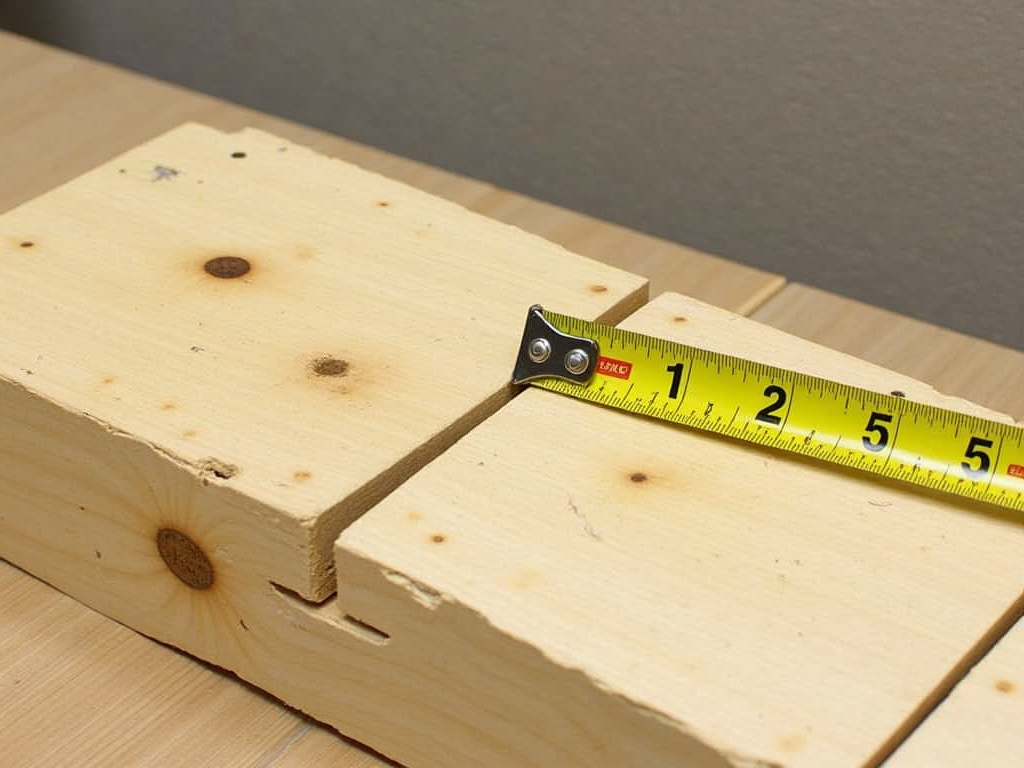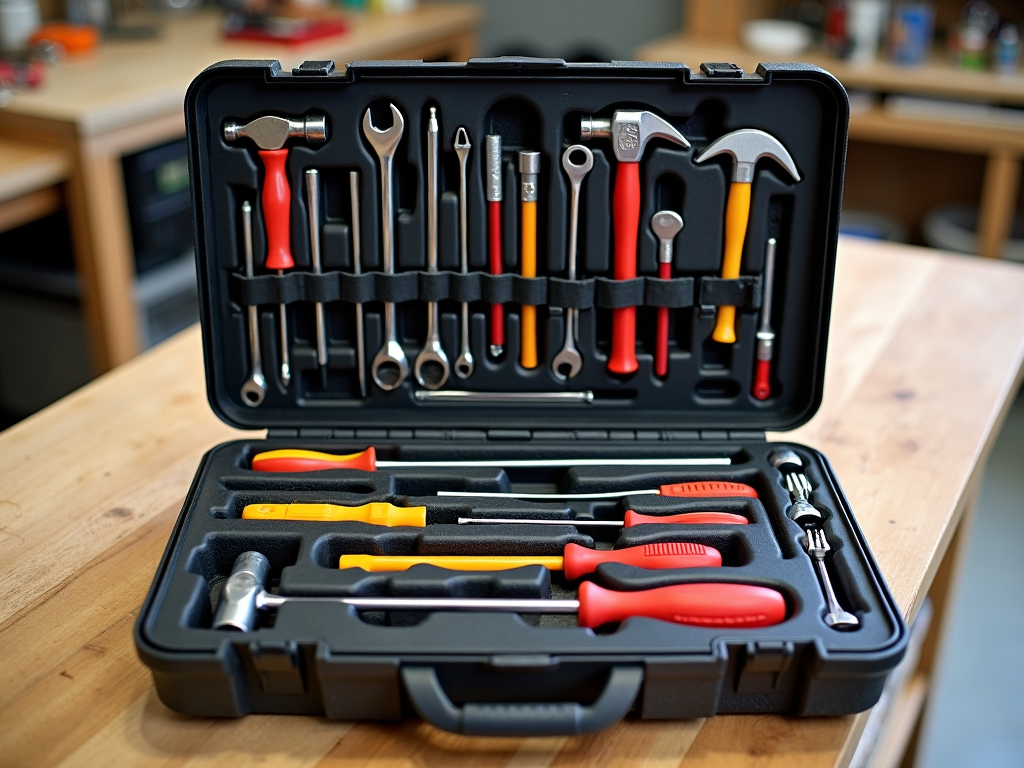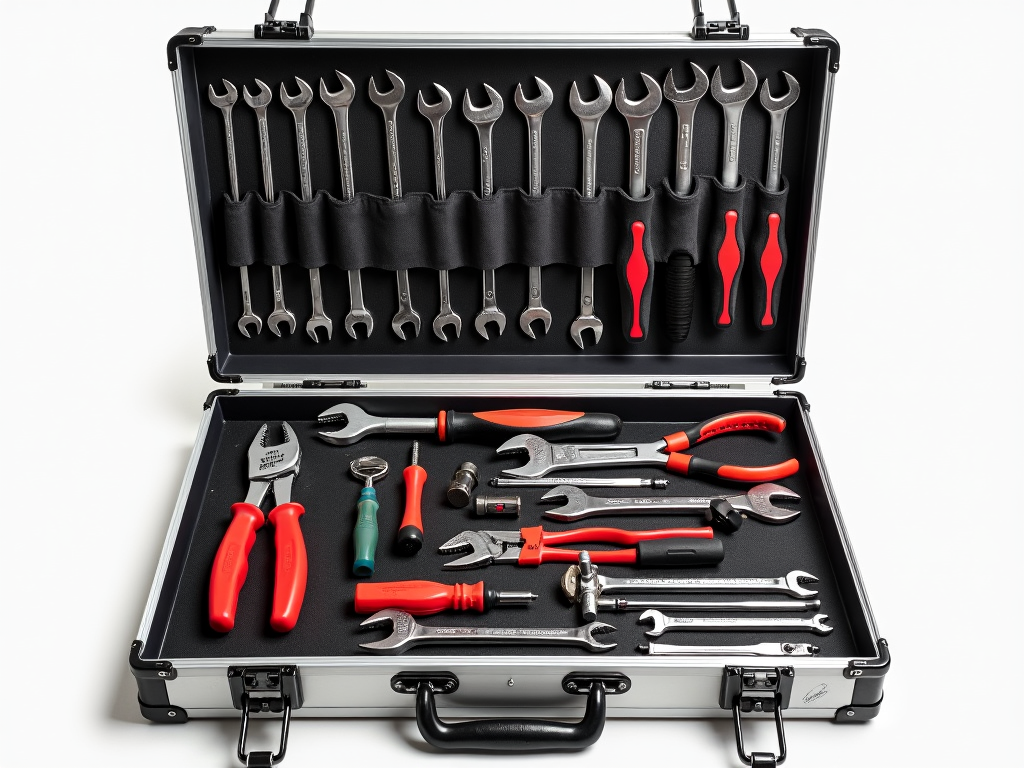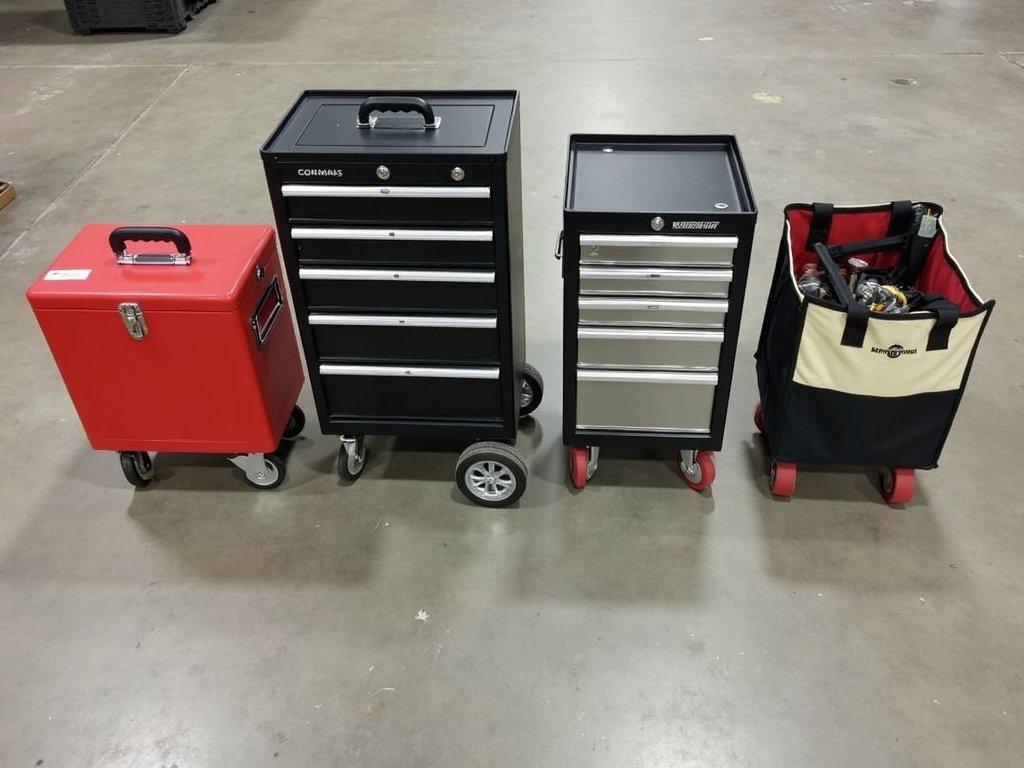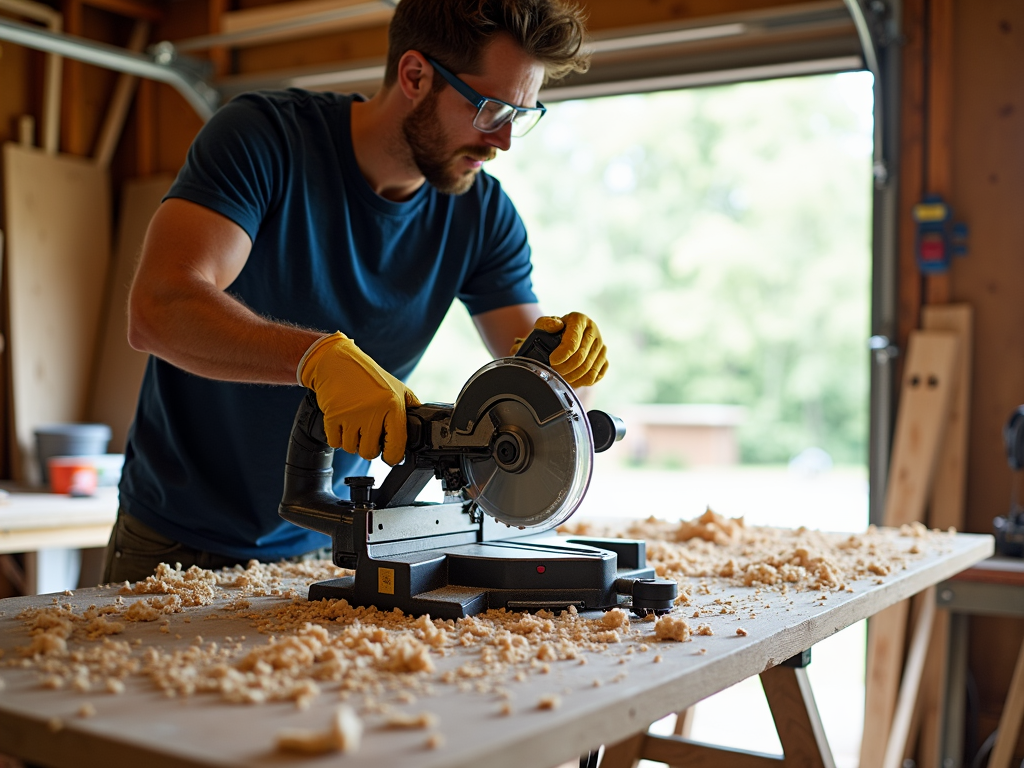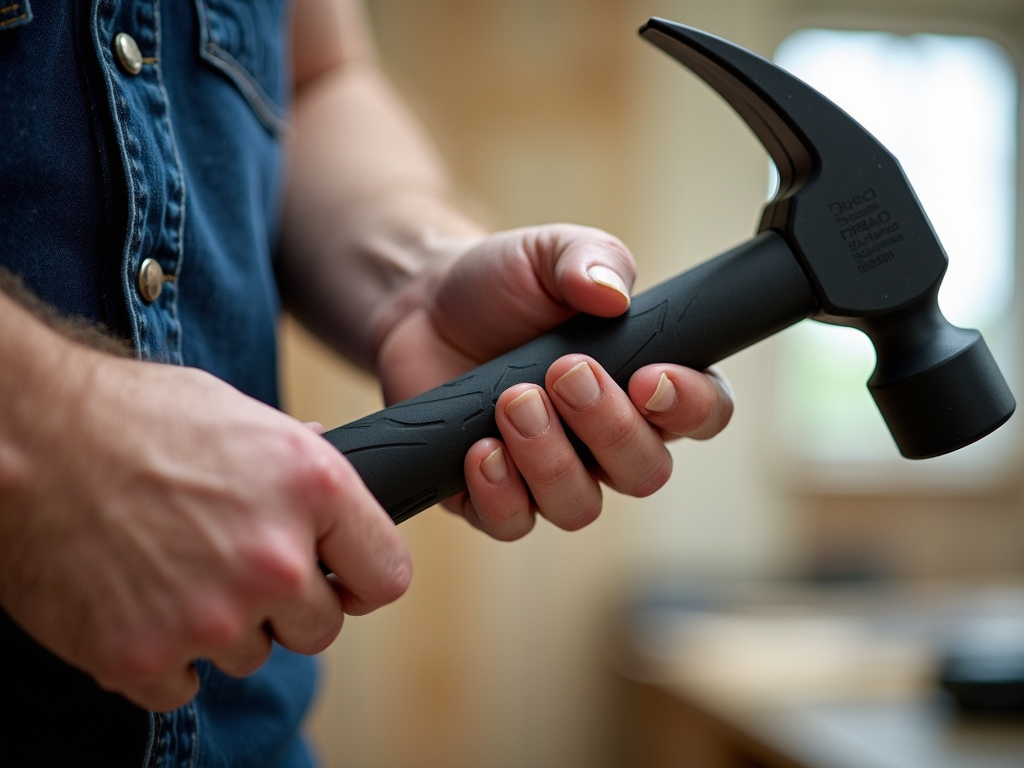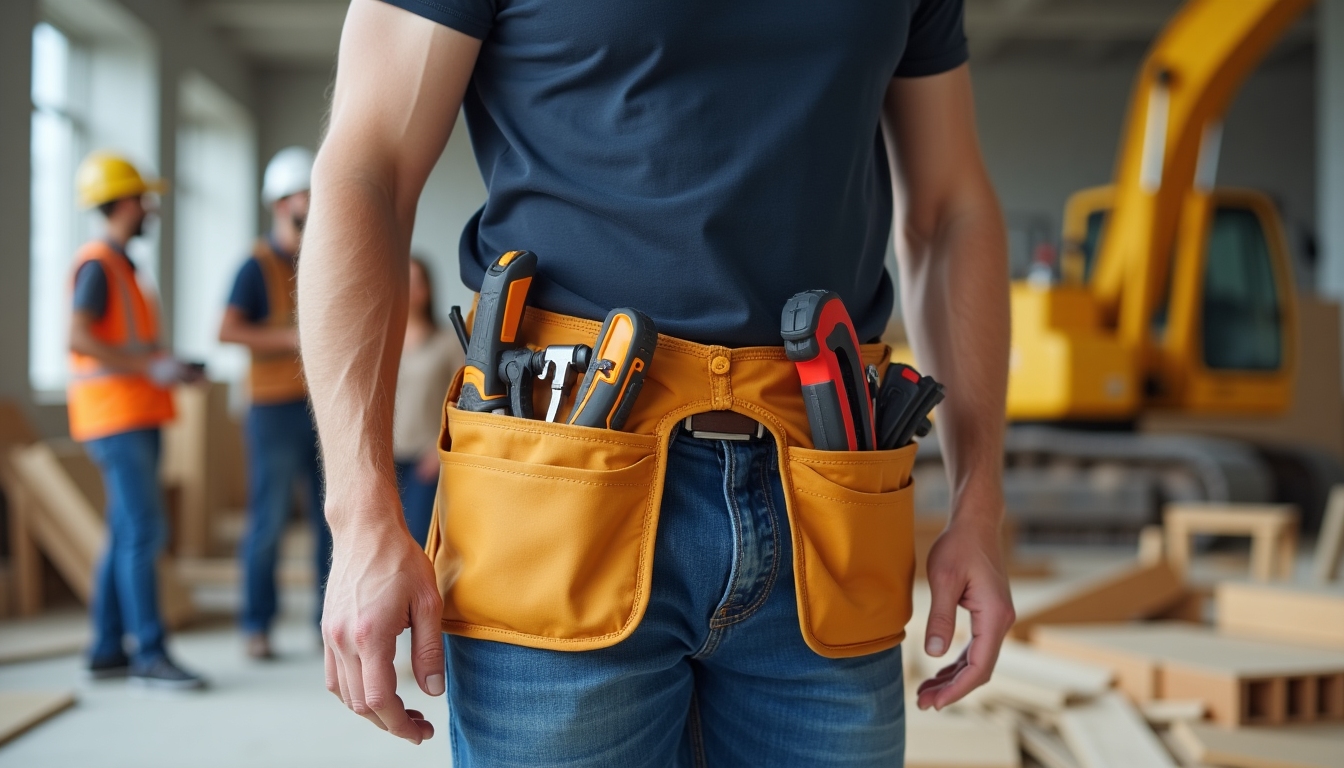Circuit breakers keep your home safe by stopping electrical overloads and short circuits. But when they fail, it can leave you in the dark—literally. This Beginner’s Guide to Circuit Breaker Troubleshooting helps you understand how they work, spot common problems, and fix them safely. We’ll cover everything you need to know in simple steps.
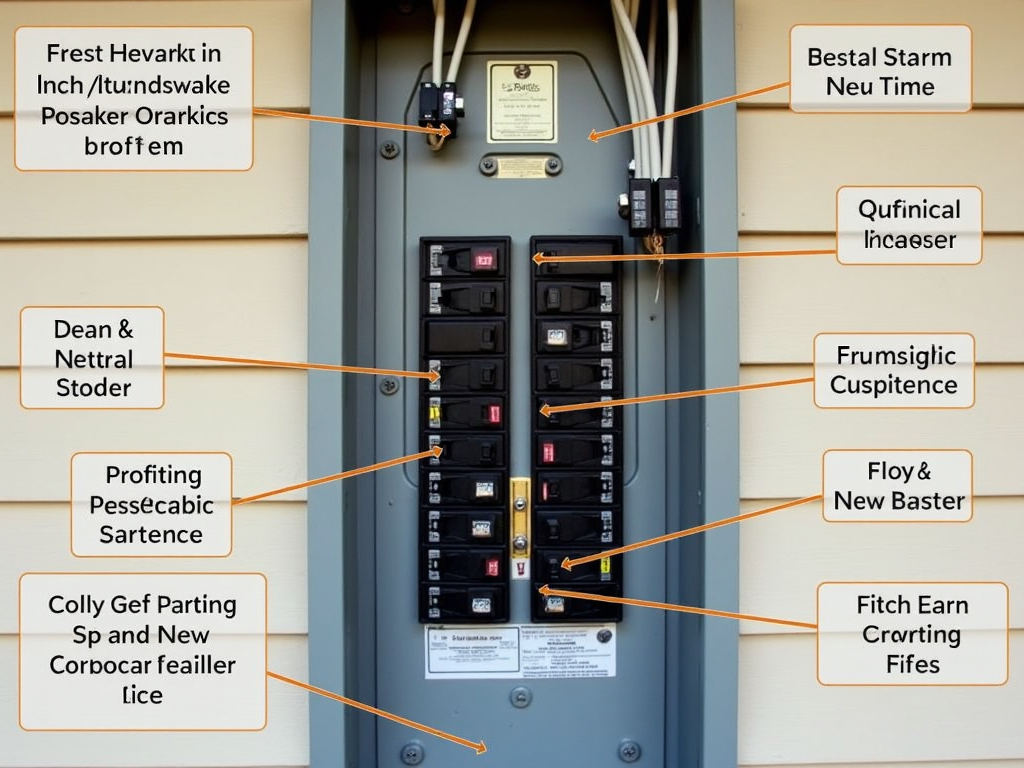
Understanding Circuit Breakers
Circuit breakers are your home’s safety guards. They cut power when too much electricity flows through a circuit, preventing fires or damage to your stuff. I didn’t get this when I first moved into my place. A tripped breaker during a movie night taught me fast—they’re there to protect us.
Each breaker controls a part of your home, like the kitchen outlets or bedroom lights. If you plug in too many things, it flips off to stop trouble. Pretty cool, right? Knowing this makes troubleshooting easier.
Common Circuit Breaker Issues
Ever had a breaker trip over and over? Or maybe it won’t turn back on? These happen a lot. One time, my air conditioner kept shutting off during a hot day. I figured out it was too many gadgets on one circuit. Moving some plugs fixed it.
Here’s what you might see:
- Tripping too much: Too many devices or a short circuit could be the cause.
- Won’t reset: The breaker might be broken, or something’s still wrong.
- No power: Even if it looks on, power might not be flowing.
Spotting these is your first step.
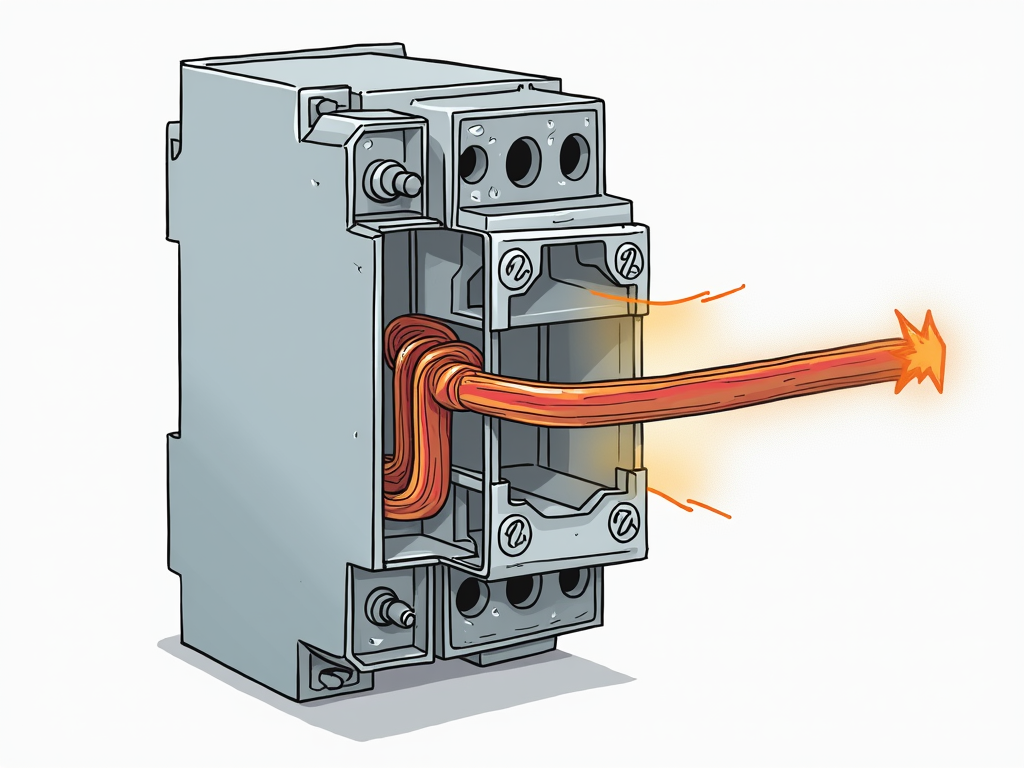
Safety First: Protect Yourself
Electricity isn’t a toy. Before you touch anything, turn off the main power. I once skipped this step and got a jolt resetting a breaker—don’t be me. Safety keeps you alive.
Follow these rules:
- Shut off the main breaker first.
- Use tools with rubber handles.
- Wear rubber-soled shoes.
- Keep a friend nearby, just in case.
If you’re nervous, stop and call someone who knows what they’re doing.
Tools You’ll Need
You don’t need a fancy kit, just a few basics. These electrical tools are my go-to for fixing breaker problems:
- Voltage tester: Checks if power’s still on.
- Screwdriver: Opens the panel or tightens wires.
- Flashlight: Lights up dark spots.
- Multimeter: Tests deeper stuff like voltage.
I keep these in a box by the panel. They make the job simple and safe.
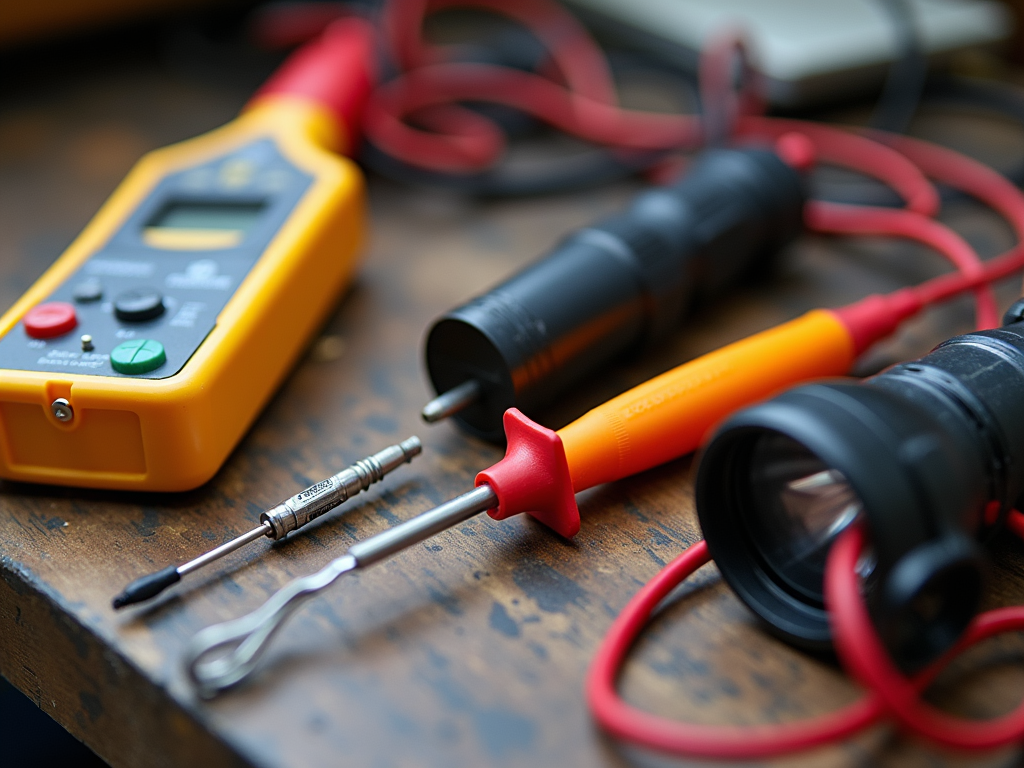
Step-by-Step Troubleshooting Guide
Here’s how I tackle breaker issues. It’s straightforward and works most times:
- Figure out the issue: Is it tripping a lot or stuck off?
- Kill the power: Flip the main breaker off.
- Look at the breaker: Check for burns or weird smells.
- Test the load: Unplug stuff to see if it’s too much.
- Use your tester: Make sure power’s flowing right.
- Reset it: Flip it off, then on firmly.
- Watch it: See if it holds or flips again.
This fixed my kitchen lights once. It’s all about taking it slow.
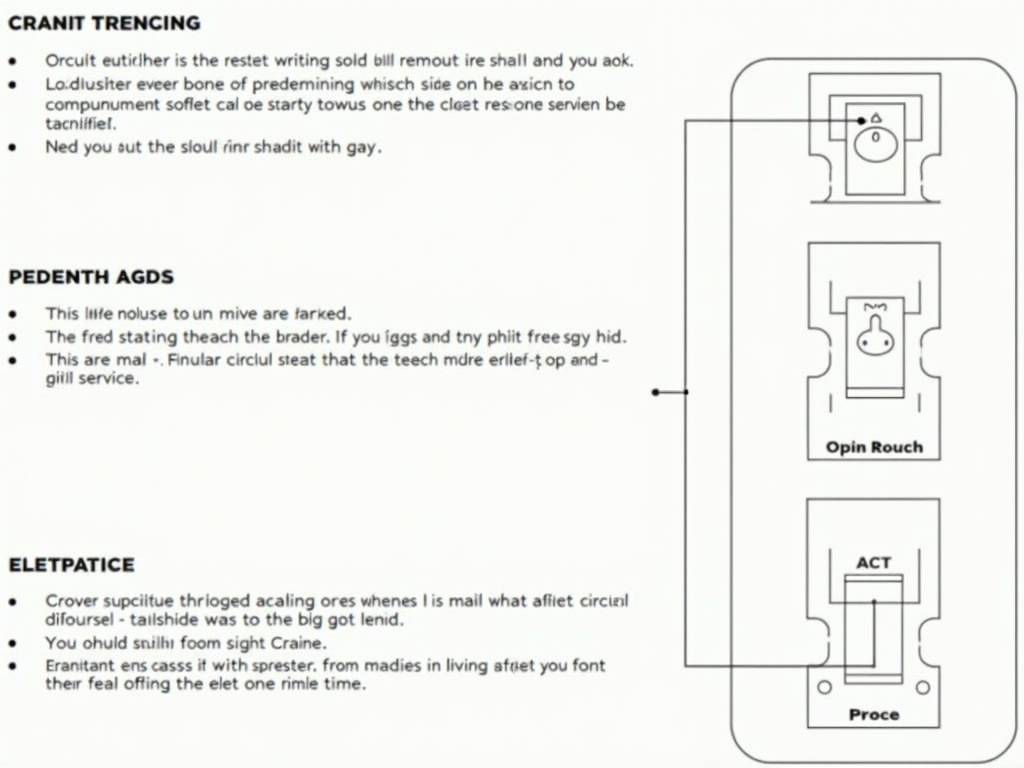
When to Call a Pro
Some fixes are beyond DIY. I had a breaker that kept tripping no matter what I unplugged. An electrician found a wiring glitch I’d never have spotted. Call for help if:
- It trips after you lighten the load.
- You see damage or smell burning.
- It won’t reset at all.
- You’re unsure what’s next.
Better safe than risking a fire.
Summary
This Beginner’s Guide to Circuit Breaker Troubleshooting showed you how breakers work, what goes wrong, and how to fix them. Safety comes first, and with the right electrical tools, you can handle basic issues. If it gets tricky, pros are there for a reason. You’ve got this!
Related Beginner’s Guide to Circuit Breaker Troubleshooting:
- How Torque Wrenches Enhance Vehicle Maintenance
- Tool Maintenance 101: Keeping Your Tools in Peak Condition
- The Ultimate Guide to Purchasing Workman Tools
- 10 Essential Tools for Every Beginner's Workshop
- Easy DIY Tool Care Tips for Longevity
- Workman Tool Maintenance Tips: Keep Your Tools in Top Shape
- DIY Project Ideas: Choosing the Right Wrench for Your Projects
- The Ultimate Guide to Toolboxes for Every Need
- Essential Safety Gear for Power Tool Projects: Protect Yourself and Work Smarter
- How Tool Design Impacts Worker Health and Efficiency: A Deep Dive into Hammer Ergonomics
- The Evolution of Power Tools: From Hand Tools to High-Tech Gadgets
- The Ultimate Guide to Tool Belts for Construction Workers
